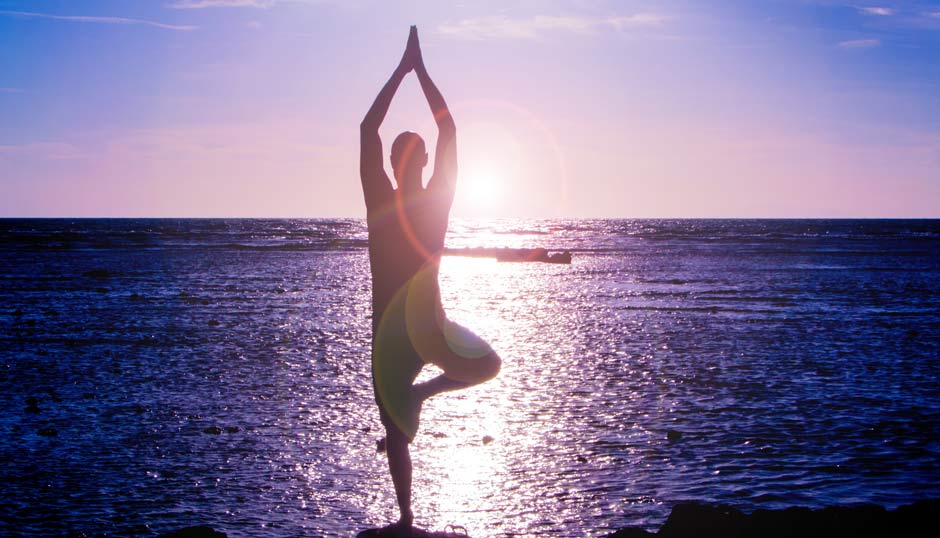The musculo-skeletal system consists of bones, skeletal muscles, joints, tendons, ligaments, nerves and cartilage. It is designed to provide a frame with which to support the body and enable it to move.
As both the skeletal and muscular systems support each other, if there is any injury to any part of either system then this has an immediate effect upon the other system. With over 206 separate bones and more than 600 muscles there are innumerable inter-connections between the muscular and skeletal systems and therefore there many points where weakness or imbalances can occur.
When there is an imbalance or weakness in any of the muscles this can cause strain or injury to the connective tissue. Likewise strained or torn muscles may make it easier for imbalances within a muscle to develop and place additional strain upon connective tissue in order to compensate for the weakness. Strained or torn connective tissue can also weaken muscles and alter joint structure.
However, when practiced regularly, a well thought out sequence of poses and counter-poses can really help to keep these systems balanced. A properly selected set of yoga poses stretches nearly all joints and joint capsules without much danger of injuries or exhaustion. Yoga poses also help to lubricate our joints with synovial fluid to keep them from becoming stiff.
By using the practitioners own body weight to provide a load to muscles and bones, yoga poses help to strengthen the bones and prevent age-related weakening, improve bone density and help in the prevention of osteoporosis. In addition, yoga improves the practitioner’s steadiness, stamina, flexibility, endurance, anaerobic power and neuro-muscular coordination.
With so many benefits to the musculo-skeletal system I spoke to ASMY yoga teacher, Ben to find out more.
Q: Namaste, which yoga practices help support the musculo-skeletal system?
Ben: The main yoga practice for helping the musculo-skeletal system is yoga asana, however, potentially all yoga practices can have a positive effect on this body system. For example, because pranayama or yoga breathing helps us to breathe properly, this in turn will help with our posture, pranayama also strengthens all the muscles we use when we breathe, especially the diaphragm.
Q: How do yoga asanas help our muscles, bones, tendons and ligaments?
Ben: They help in a couple of ways. First, muscles, tendons and ligaments act on the bones to give the body its shape and posture. Yoga asanas can help redress problems associated with poor body posture and the effects of structural decay, because they strengthen weak muscles and stretch tight ones. Pranayama complements yoga poses because it helps the person to release accumulated muscle tension from the body, promotes energy flow around the body and leaves the person feeling rejuvenated.
The second way yoga asanas help is by keeping the body supple, strong and balanced, not only is that healthier but it also helps the yoga meditation practitioner to sit (or stand) comfortably when meditating. Asana implies comfort, and in order to have comfort in any position we need to have a strong and supple body so it does not disturb us during our yoga meditation.
Q: Can you give us a practical example?
Ben: Yes, in a situation where a person spends a lot of time sitting, for example in their job or at a computer, they can develop shortness through the hip flexors and an imbalance through the hip musculature. This then impacts upon the bones and makes your pelvis tilt forward, and that then gradually affects the spine. In this situation a person’s posture is described as inefficient, that is because the body has to burn up valuable stores of energy, and muscles have to constantly switch on just to hold the person upright. This is when you start to notice muscle aches and pains.
In addition, around the body we have energy meridians which supply prana or life force to every molecule of the body. When our body structure is inefficient we create blockages in the flow of prana and this is when you start to see a break-down of different bodily systems leading to sickness and disease. That is where yoga asanas and pranayama can help by combating and helping to reverse this gradual decay of the body’s structure. By taking corrective action, the person’s pain, illness or disease can at least be addressed or in other cases even ameliorated.
Q: Are there any yoga asanas that specifically target the musculoskeletal system?
Ben: All yoga asanas have an effect on the musculoskeletal system in one way or another. For example, cobra helps to reverse the effects of sitting at a desk or computer while warrior1 opens up the front of the body and revolved triangle opens up the back of the hips. I like sun salutations too, because they are simple to do.
Q: How do sun salutes help?
Ben: Practicing sun salutes A, B and Classical allows the body to gradually open up, stretch and strengthen in all planes of movement. Sun salutes shunt your blood up and down the body opening up the circulatory system, which increases heat and ventilation helping us to breathe deeper, helping to remove toxins. If 10 minutes of sun salutes is all we did each day that would be very beneficial.
Q: Are there any contraindications to practicing yoga when you have an injury or poor posture?
Ben: Yes, there are many contraindications in yoga asana and pranayama, too many to go into detail. However, a good rule of thumb is to practice under the guidance of a good teacher and listen to your body, don’t push yourself into poses. Let both your body and breath be your guide.


